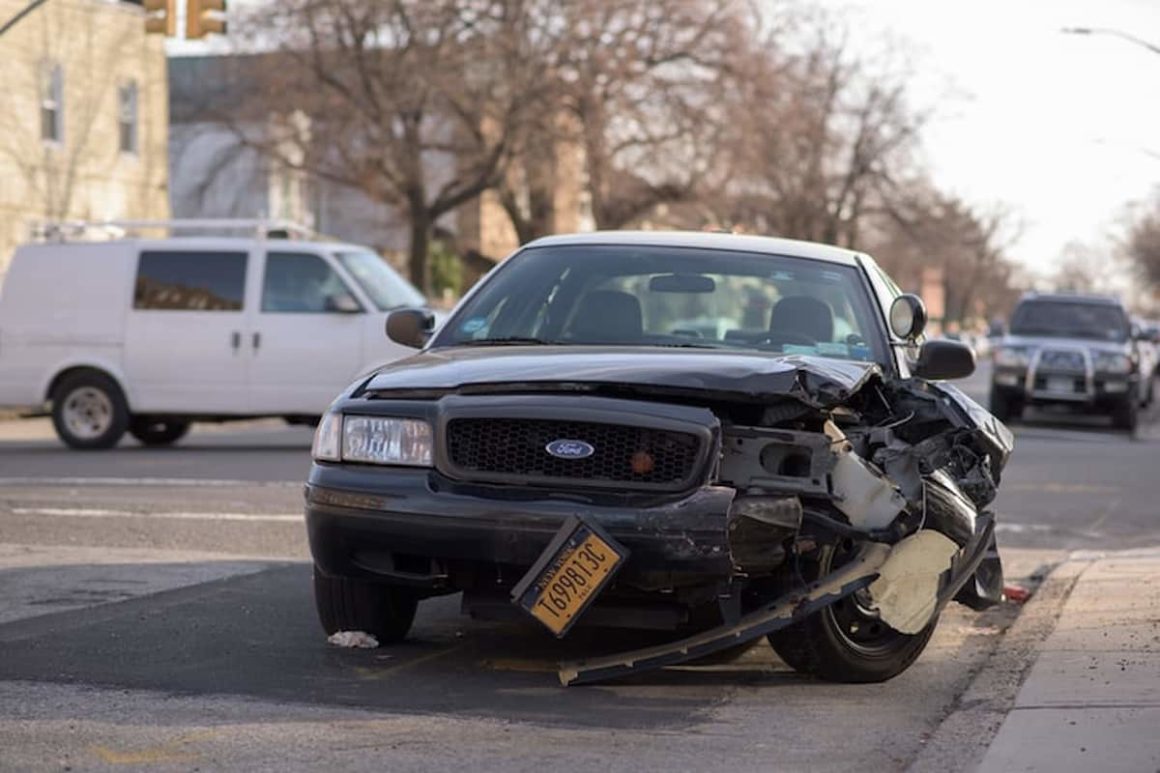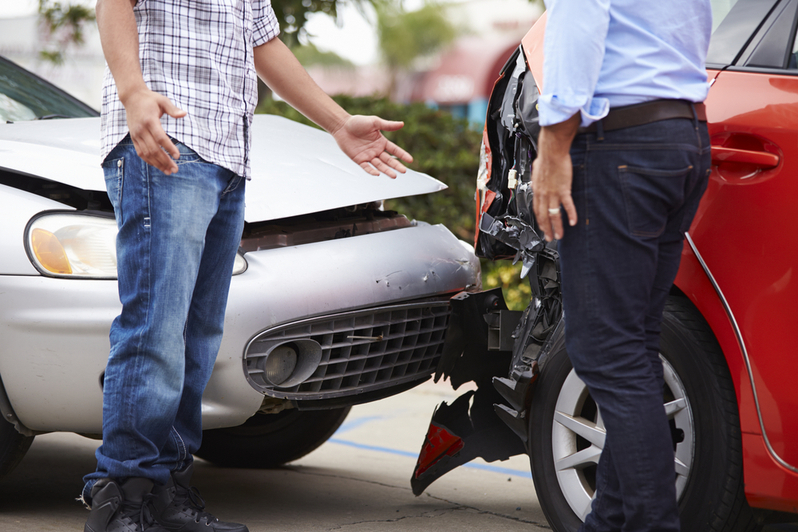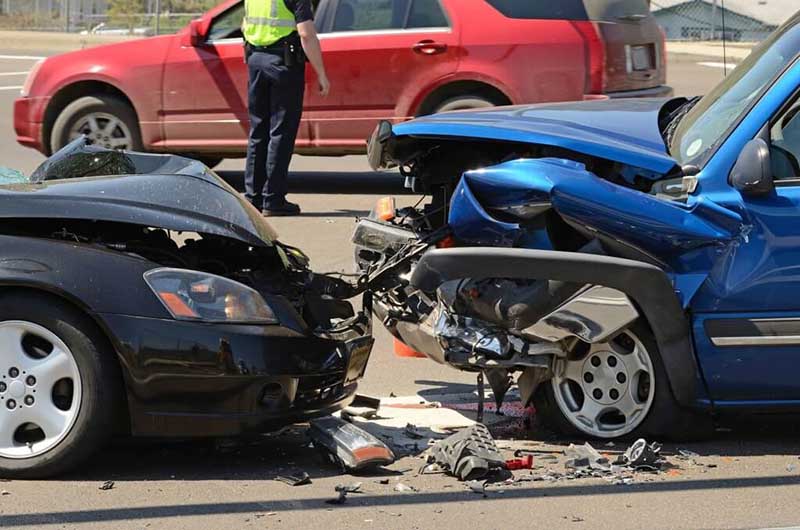Like other cities, Syracuse has unsafe roads and a chaotic traffic system that can cause catastrophic auto accidents and significant loss of life. The enormous number of automobiles and trucks in and around Syracuse increases the possibility of hazardous and fatal traffic accidents.
No matter who was at fault for the collision, you can cover your medical expenses and lost income if you get injured in a car accident in a no-fault state. However, in a scenario where you sustain catastrophic injuries, you should contact an experienced car accident lawyer because no-fault insurance will not cover the pain and non-economic damages that come with catastrophic injuries.
Since most people are unfamiliar with no-fault laws, let’s dive deeper into what an automobile accident is and what no-fault laws are.
What Is a No-Fault Accident?

source: pinterest.com
Car accidents usually occur due to the negligence of another driver. When this happens, those injured in a car accident can file a personal injury or wrongful death lawsuit to recover financial damages. However, in a no-fault state, a victim doesn’t have to prove negligence to get compensation.
A no-fault accident covers the injured party’s medical expenses, lost income, and other economic losses, regardless of who was at fault in the collision. An accident victim does not need to establish liability or file a lawsuit against the at-fault motorist. Instead, the injured person’s insurance gives coverage.
Accidents In No-Fault States

source: pinterest.com
No-fault insurance covers only injuries caused by accidents. If a driver hits another vehicle, they are still liable for property damage.
Regardless of which motorist started the incident, both drivers’ insurance companies will use PIP coverage after a no-fault accident to cover their insured’s medical expenses. An at-fault driver should use property damage liability insurance to pay for the other motorist’s automobile repairs. Here are 12 states with no-fault insurance requirements:
- Michigan
- Florida
- Kansas
- Hawaii
- Kentucky
- Minnesota
- Massachusetts
- New Jersey
- North Dakota
- New York
- Utah
- Pennsylvania
Syracuse (New York State) No-Fault Law
Since Syracuse is a part of New York State and New York is a no-fault auto insurance state, any motorist must pay for their damages. Insurance plans often also cover any injured passengers inside the vehicle. If your injuries are deemed substantial, you may be eligible to submit a claim against the at-fault party’s insurance provider.

source: pinterest.com
New York mandates that all drivers maintain insurance coverage to meet these financial obligations. You can get additional insurance if you want.
- $50,000 worth of injury insurance that covers your healthcare costs and out-of-pocket damages
- If you cause an accident, you will have $25,000 in physical injury penalty coverage for each person
- $50,000 in combined injury liability protection for each accident you cause
- Liability for $10,000 in property damage in the event of an accident
- UM (uninsured Motorists) protection that meets these minimum standards.
File a Claim With Your No-Fault Insurance

source: pinterest.com
If you were seriously injured, your only option to recover compensation for your out-of-pocket expenses is to file a claim. You can file a third-party insurance claim or personal injury lawsuit against the at-fault driver if you have suffered any of the following injuries:
- A fractured or shattered bone
- Severe deformity
- A 90-day or longer substantially complete disability
- Permanent impairment of an organ or bodily component
- Use of a substantial restriction on how a body part or organ
Protect Your Car Accident Case
You should talk to an attorney about your case and learn all your options if you are involved in a car accident in a no-fault state and if the collision resulted in significant injuries.




